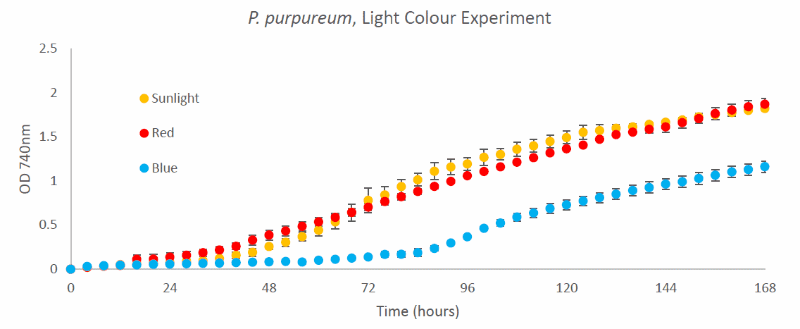Culturing Porphyridium purpureum - ALG App005
algenuity • July 11, 2016
Background to P. purpureum
P. purpureum
is a unicellular red microalga which is found in most terrestrial areas including on submerged river banks and saltmarshes; it is even found within brickwork. Commercial relevance of P. purpureum
stems from its high protein content and presence of value-added products including high value polysaccharides, arachidonic acid (ARA) and phycoerythrin (Juin et al., 2015; Su et al., 2016). Its genome was sequenced in 2013 (Bhattacharya et al., 2013). Growth rates and levels of polysaccharides have been found to correlate with light intensity (Valea et al., 2011); however, the effect of light colour on P. purpureum
growth is yet to be reported.
Aim
To determine the impact of light colour on Porphyridi um purpureum
growth.
Experimental Design
An exponentially growing culture of P. purpureum
in late-log phase was inoculated at 1 x 105 cells/ml into 400 ml DM04 medium (in-house phototrophic marine medium). Cultures were grown in the Algem at 22°C under 240 μmol photons/m²/s continuous light consisting of either red (660nm), blue (465nm), or simulated sunlight (a 85:15 white/red mix). Cultures were mixed at 120 rpm with 5 cm³/min aeration of 5 % CO₂ in air. Experiments were conducted in duplicate, with growth assessed by in-flask optical density (OD) measurements at 740nm.
Figure 1 – Spectra of light under investigation
Results
Figure 2 - Growth profiles of P. purpureum cultured photoautotrophically in DM04 medium under different light colours
(sunlight, red, and blue) (n = 2)
Figure 3 - Culture health after 7 days in the Algem; from left to right sunlight, red, and blue
Discussion
P. purpureum
was observed to grow significantly better under simulated sun- and red light compared to blue light as measured by OD 740nm accumulation (Figure 2). A dense, homogenous culture without clumping was observed for all conditions with noticeably lower biomass for blue light illuminated flasks. Further experiments should be conducted in the Algem to further optimise light intensity and temperature for optimal growth.
References
Bhattacharya, D., Price, D.C., Chan, C.X., Qiu, H., Rose, N., Ball, S., Weber, A.P., Arias, M.C., Henrissat, B., Coutinho, P.M. and Krishnan, A. (2013) Genome of the red alga Porphyridium purpureum. Nature communications, 4, pp. 1-10
Juin, C., Chérouvrier, J.R., Thiéry, V., Gagez, A.L., Bérard, J.B., Joguet, N., Kaas, R., Cadoret, J.P. and Picot, L. (2015) Microwave-assisted extraction of phycobiliproteins from Porphyridium purpureum. Applied Biochemistry and Biotechnology
, 175 (1), pp.1-15.
Su, G., Jiao, K., Li, Z., Guo, X., Chang, J., Ndikubwimana, T., Sun, Y., Zeng, X., Lu, Y. and Lin, L. (2016) Phosphate limitation promotes unsaturated fatty acids and arachidonic acid biosynthesis by microalgae Porphyridium purpureum . Bioprocess and Biosystems Engineering
, pp.1-8
Velea, S., Ilie, L. and Filipescu, L. (2011) Optimization of Porphyridium purpureum
culture growth using two variables
experimental design: light and sodium bicarbonate. UPB Science Bulletin Series B, 73 (4), pp.81-94





